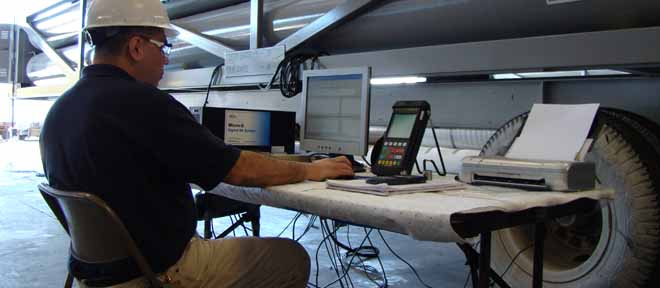EU indoor emissions guidance proposed for five substances in building products
8 May 2017 Germany
EU lowest concentration of interest (EU-LCI) values – guideline emissions limits for building products used indoors – have been proposed for five substances. They are:
• 2,2,4-trimethyl-1,3-pentanediol monoisobutyrate, 0.3mg/m3;
• 2,2,4-trimethyl-1,3-pentanediol diisobutyrate, 1.3mg/m3;
• 2-methyl-1-propanol, 11mg/m3;
• 2-phenoxyethanol, 1.3mg/m3; and
• isopropylbenzene, 1.5mg/m3.
The LCI values were proposed by the German Environmental Protection Agency (UBA), which acts as secretariat for the European Commission's EU-LCI Working Group. The latter hopes to publish a fully harmonised EU-LCI list by the end of 2019, replacing national LCIs.
When an EU framework for LCIs was first proposed by the Commission’s Joint Research Centre (JRC) in 2013, national LCIs were a feature of labelling schemes in individual member states, such as those run by the German Committee for Health-related Evaluation of Building Products (AgBB) and the French Agency for Food, Environmental and Occupational Health and Safety (Anses).
The group's website stresses that EU-LCI values are not indoor air quality guidelines and are to be used only in the context of material emissions testing, according to CEN TS 16516.


